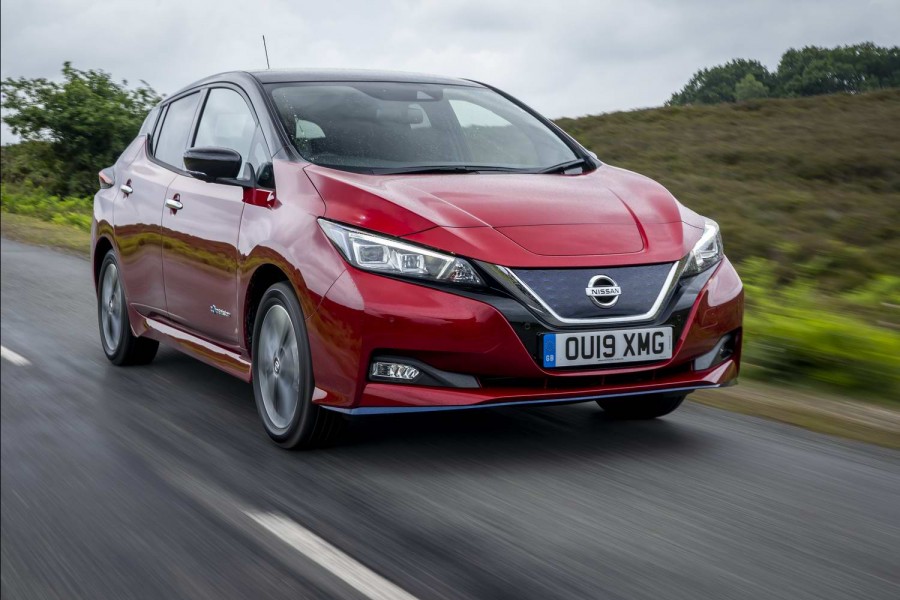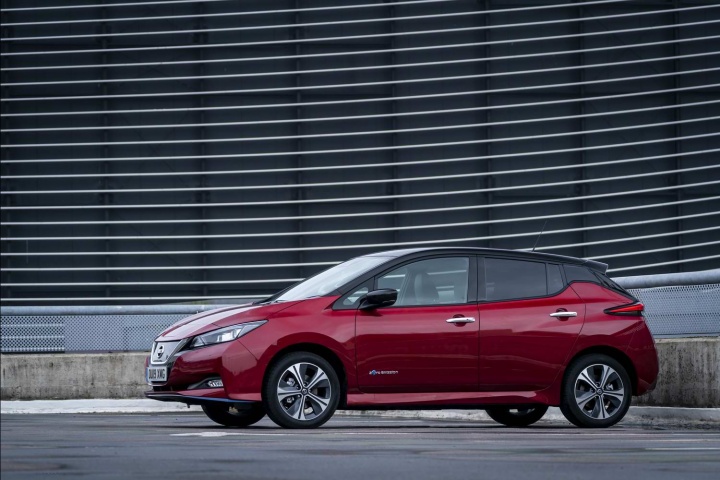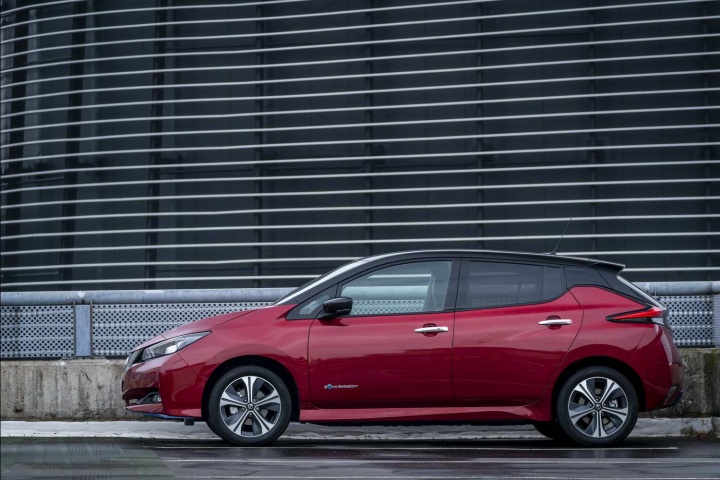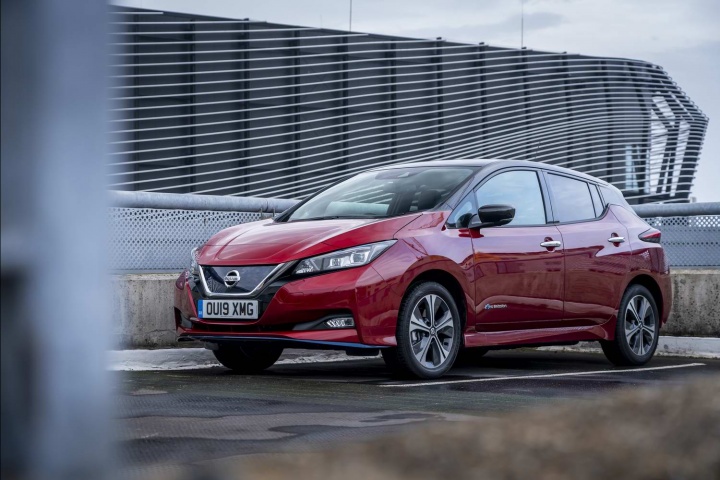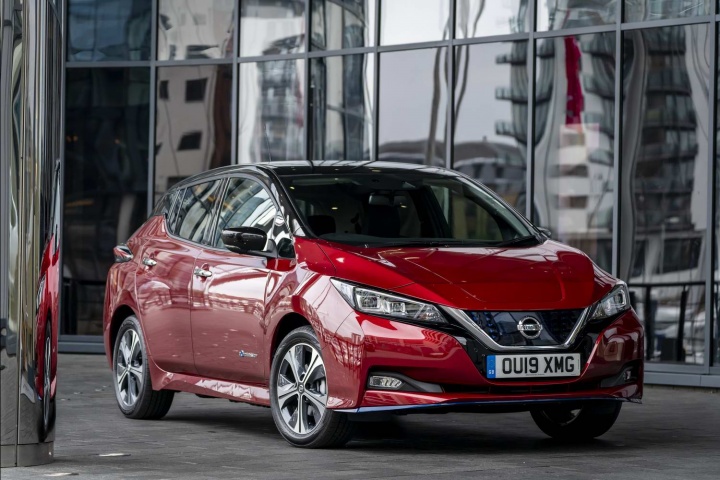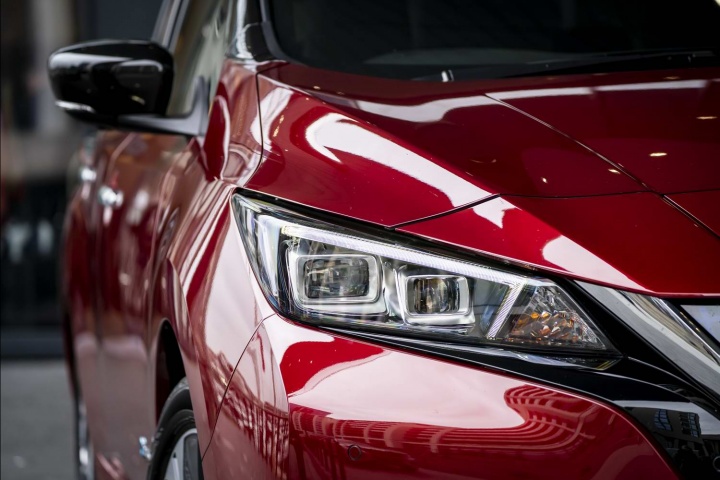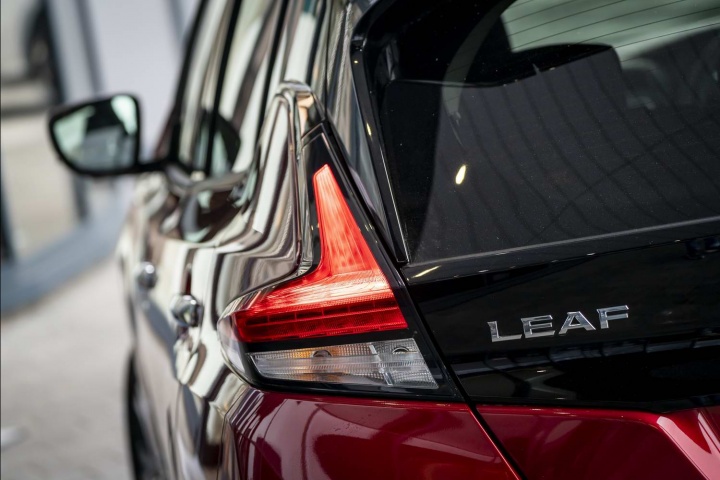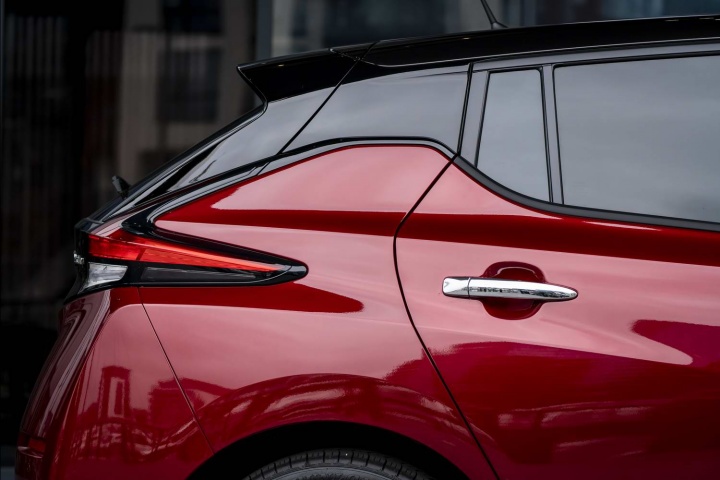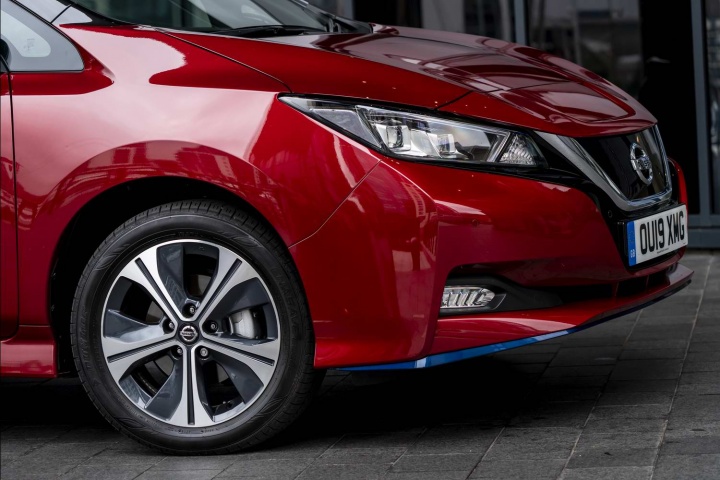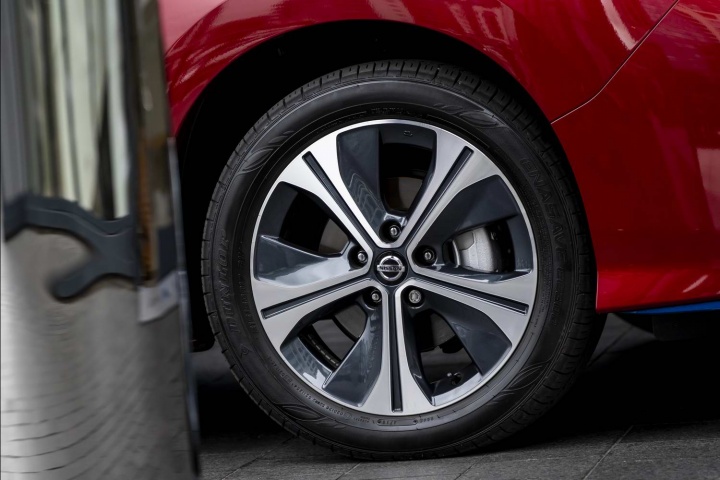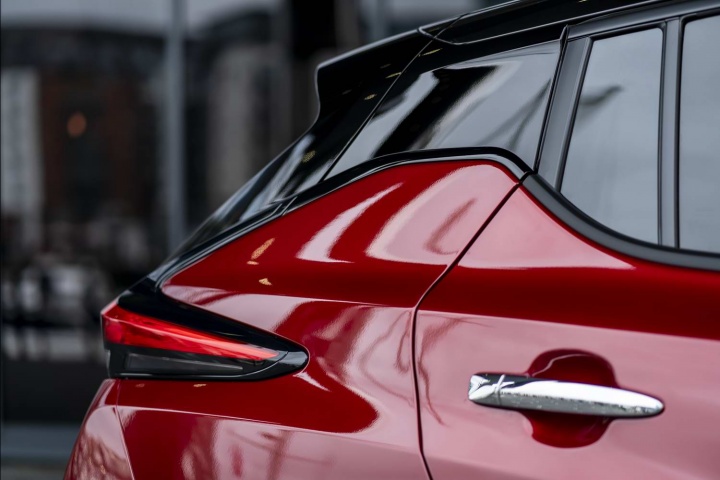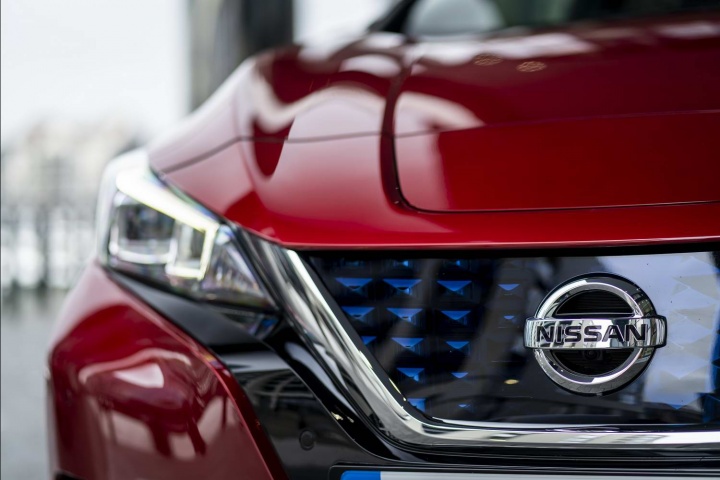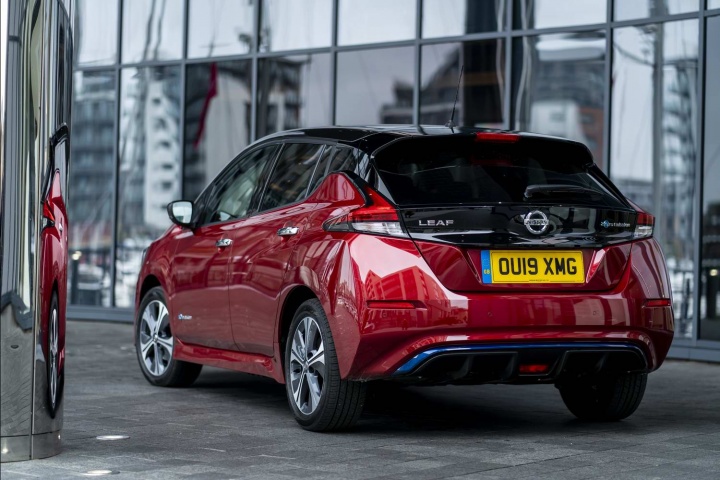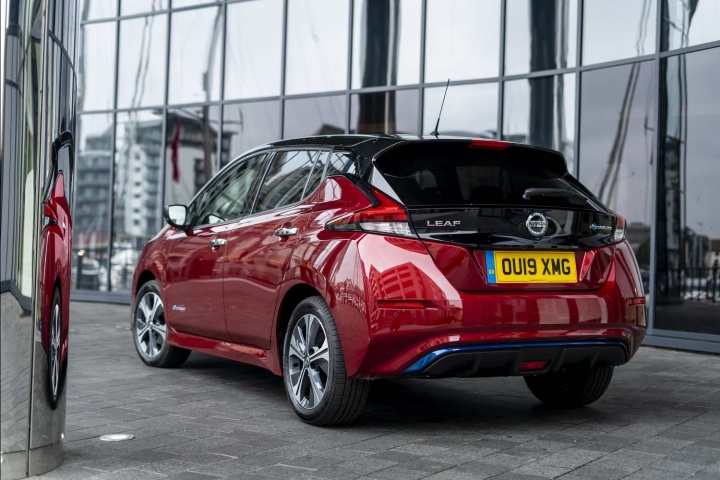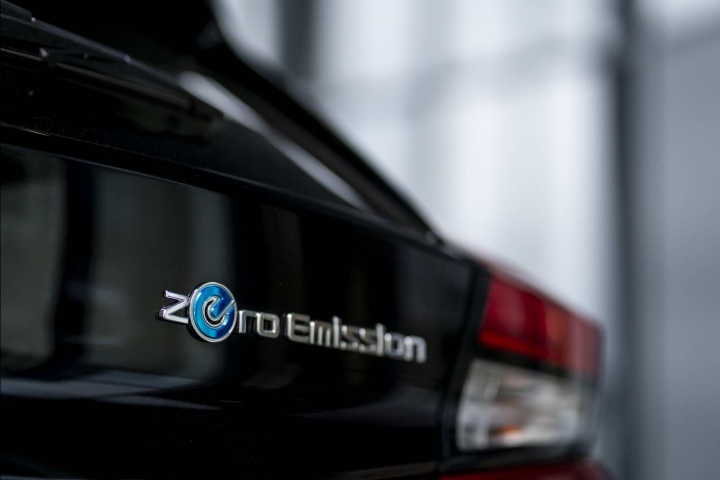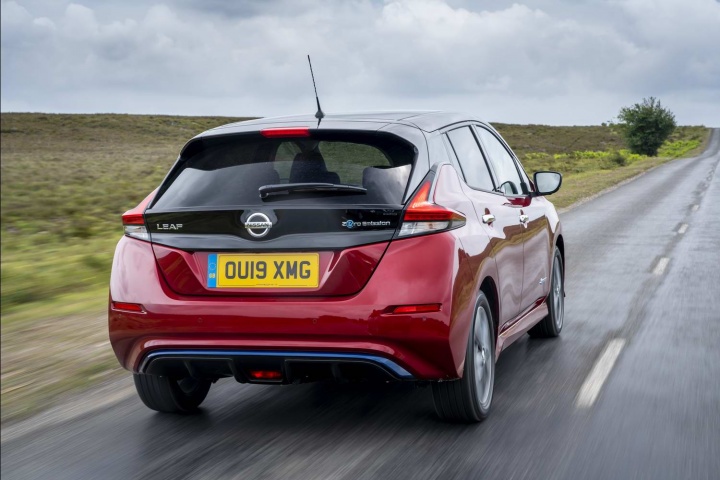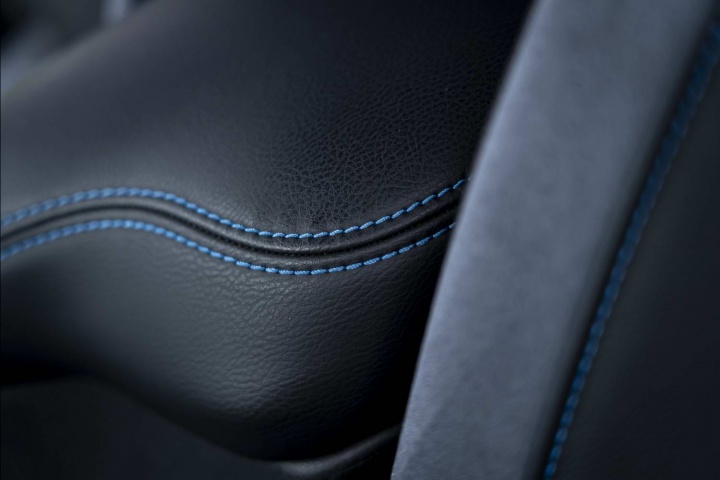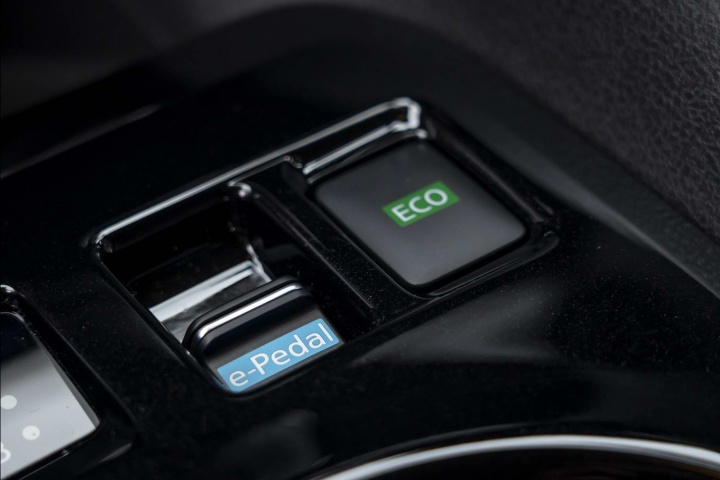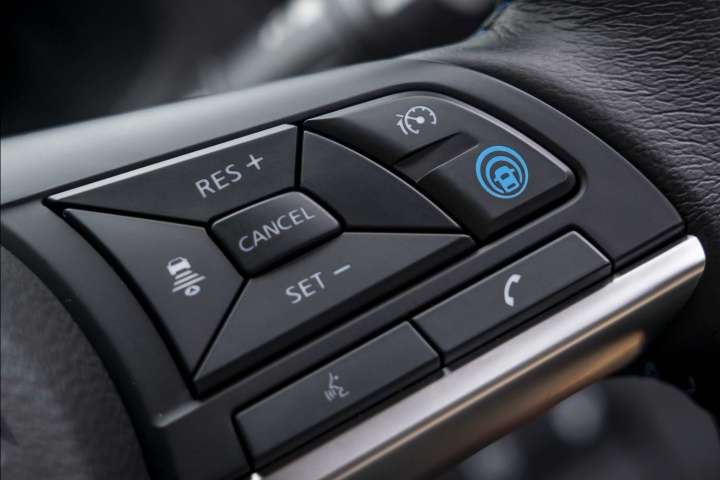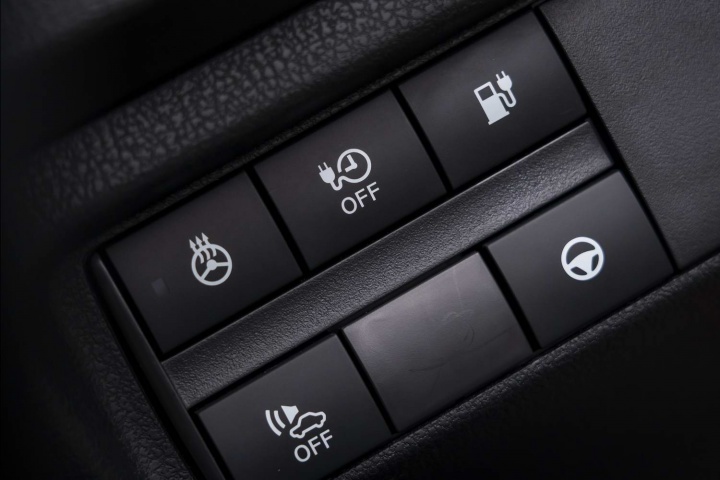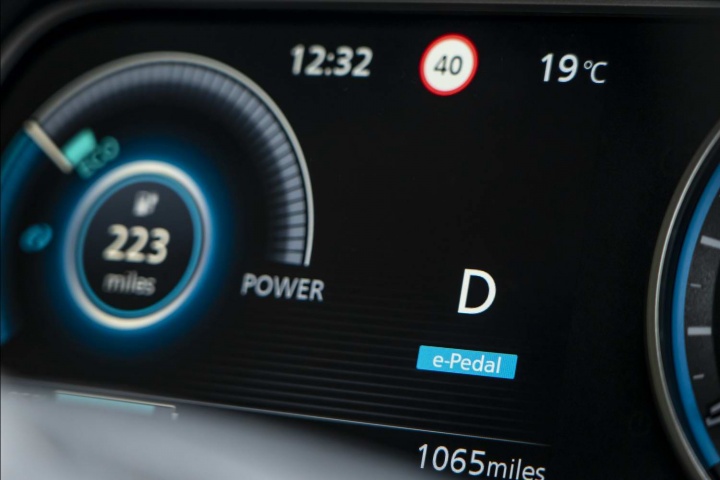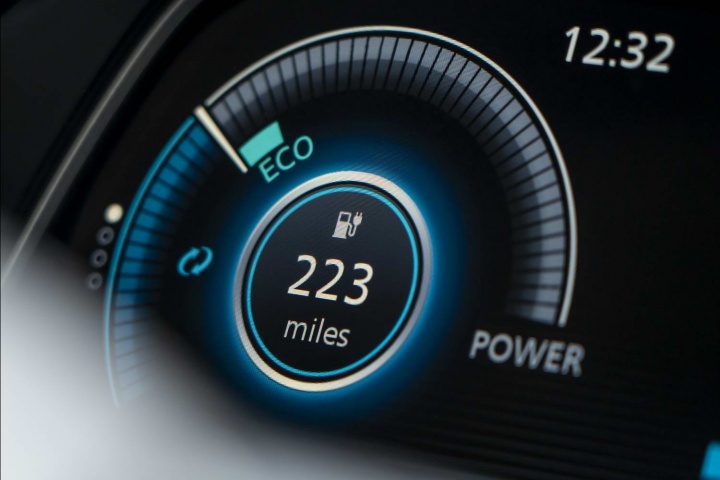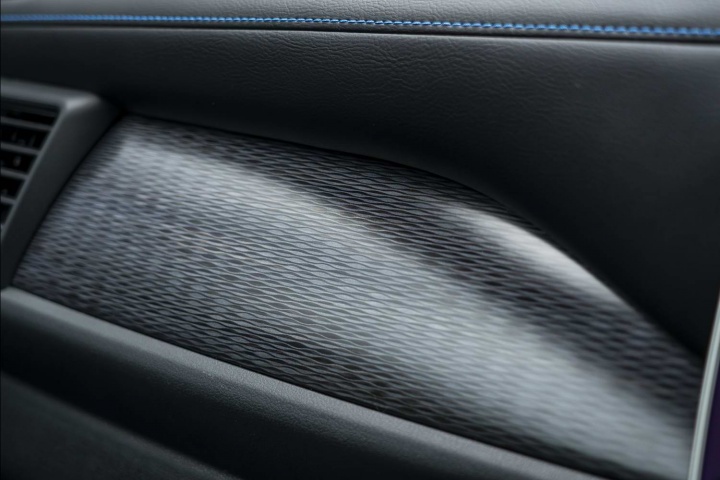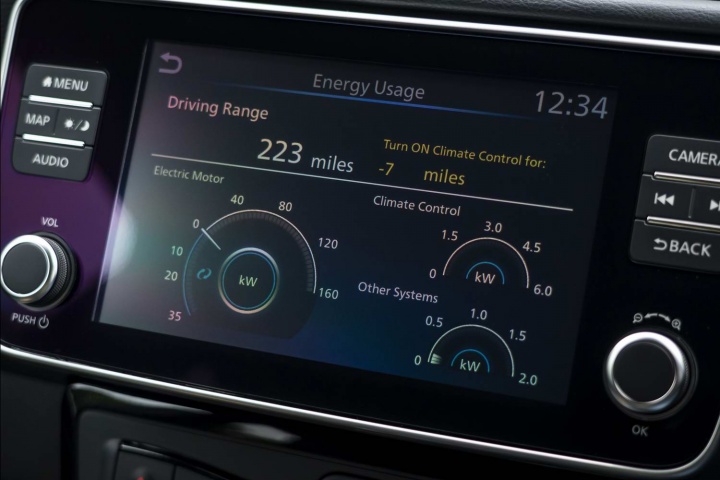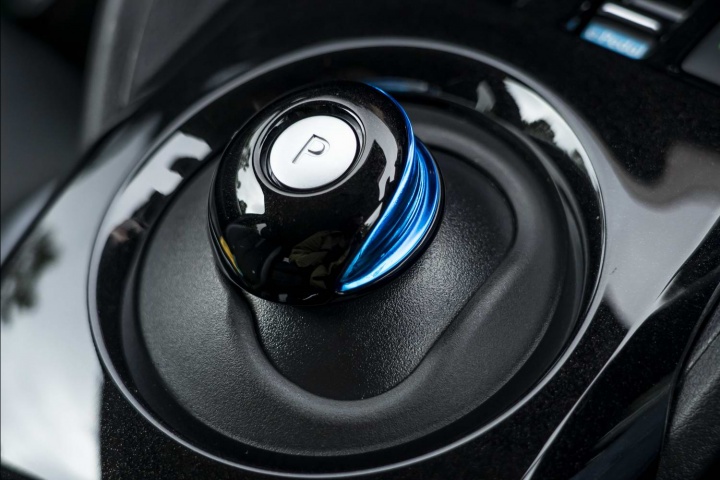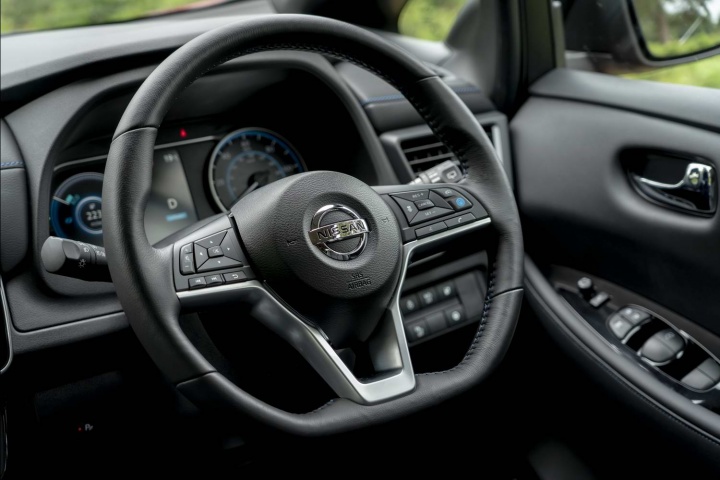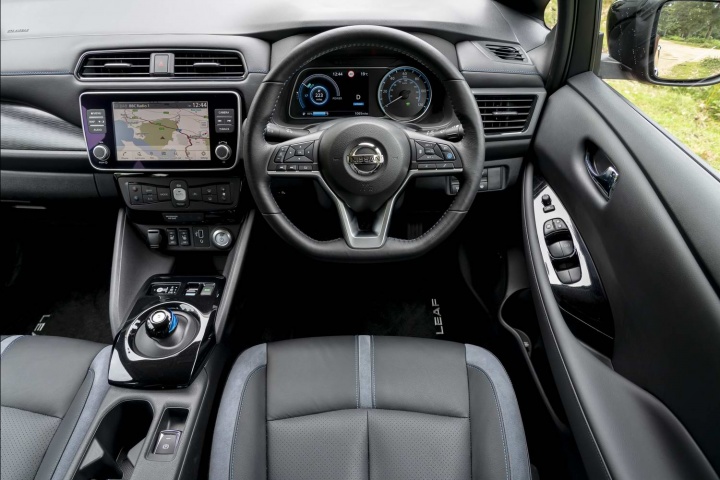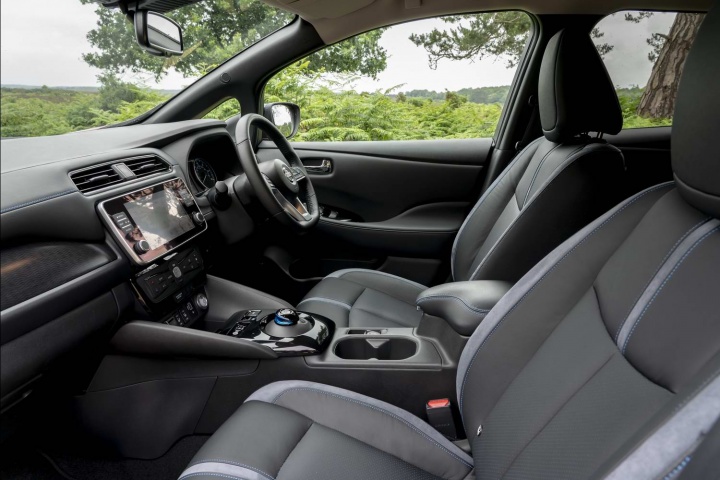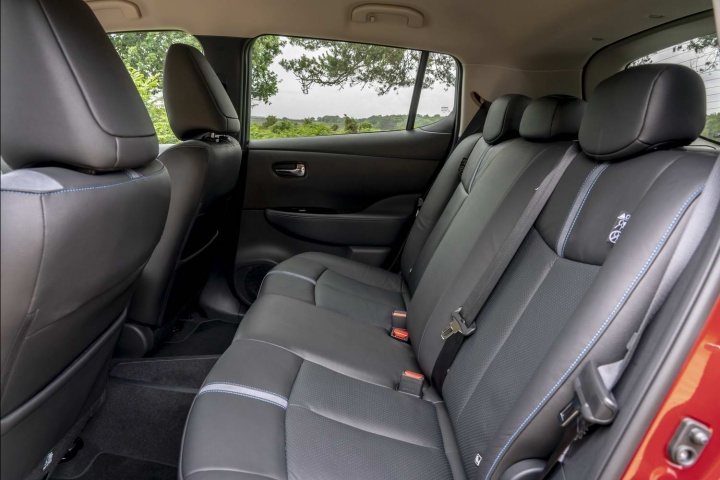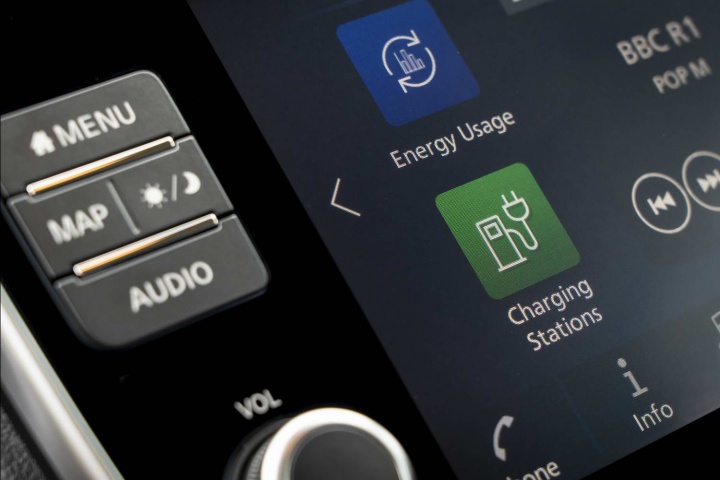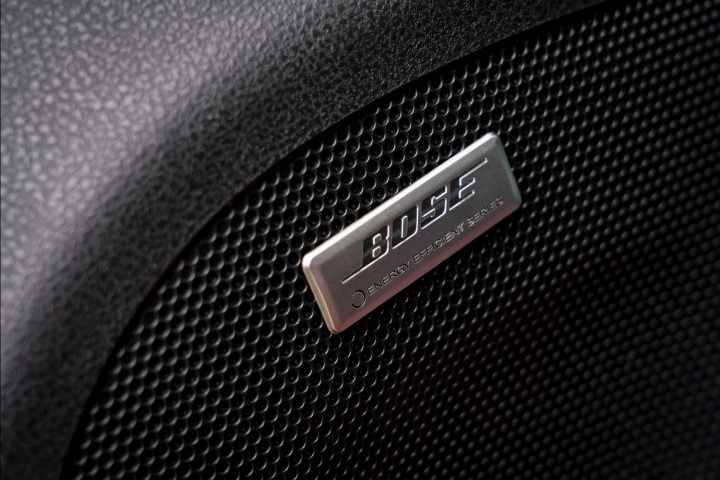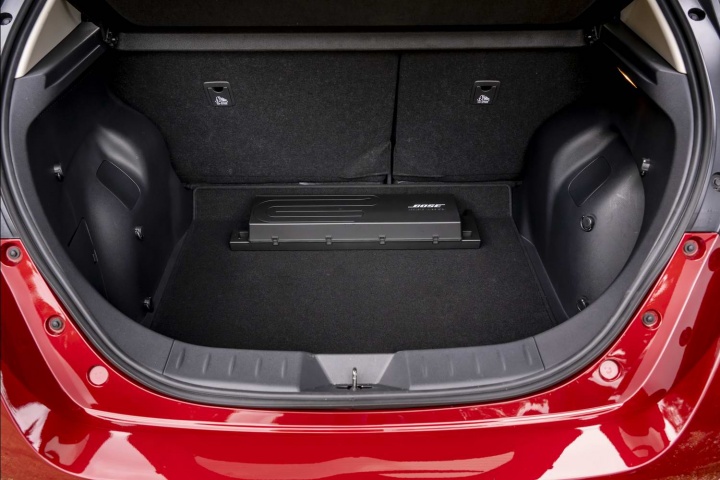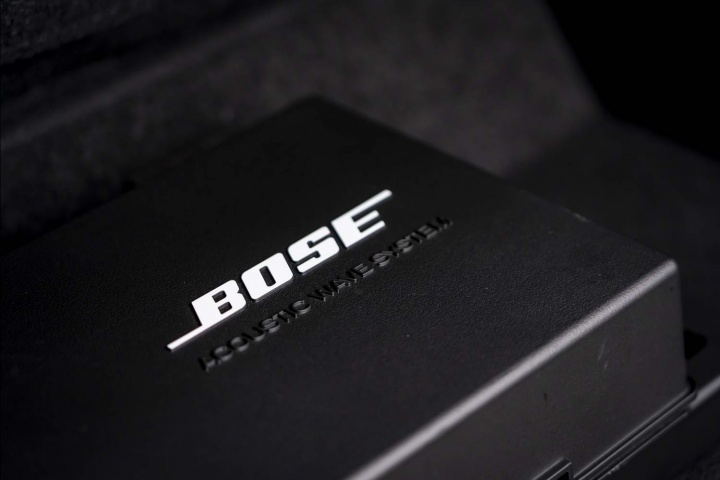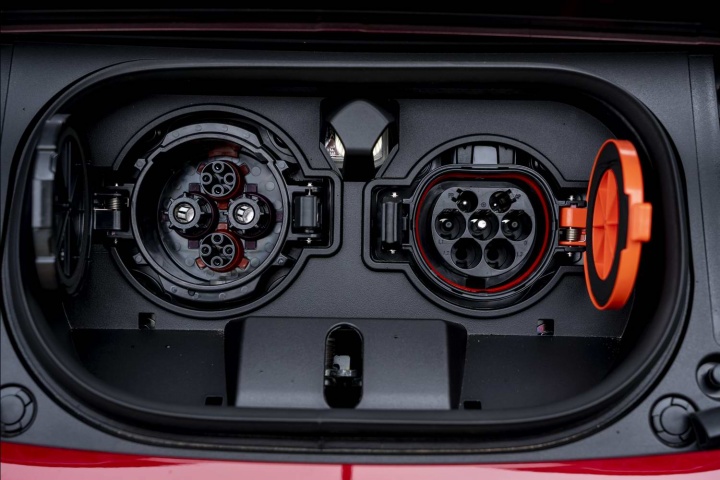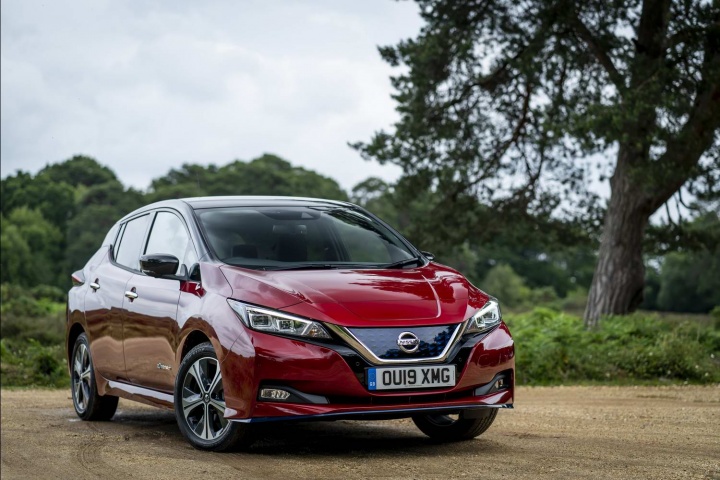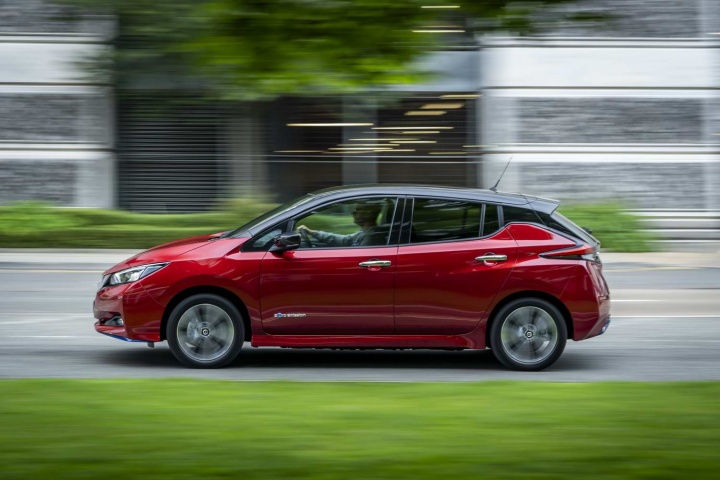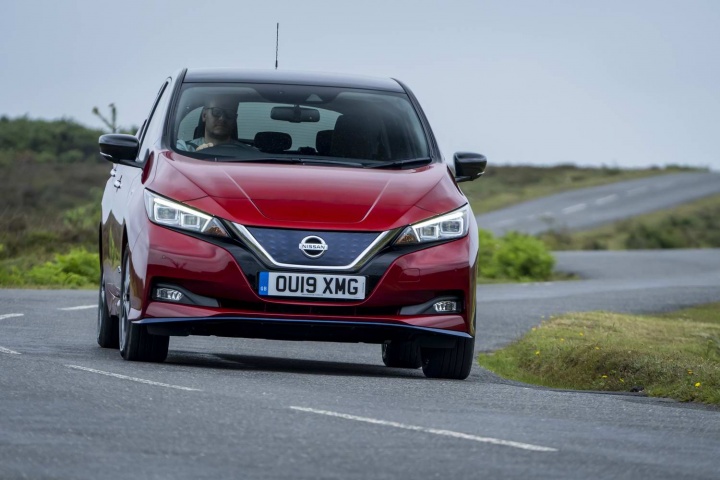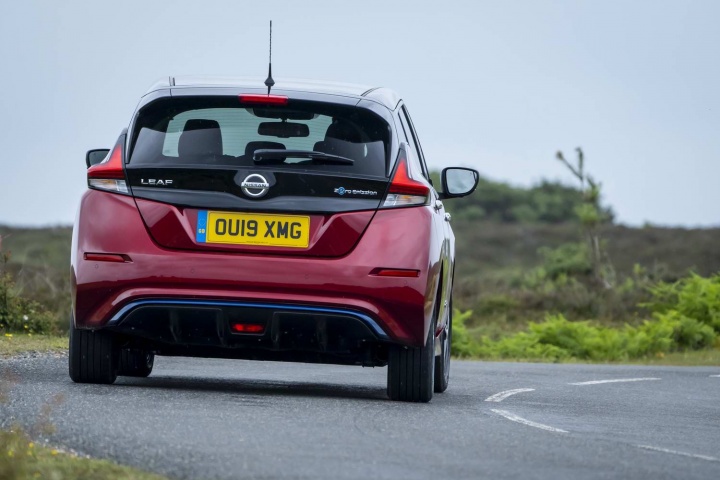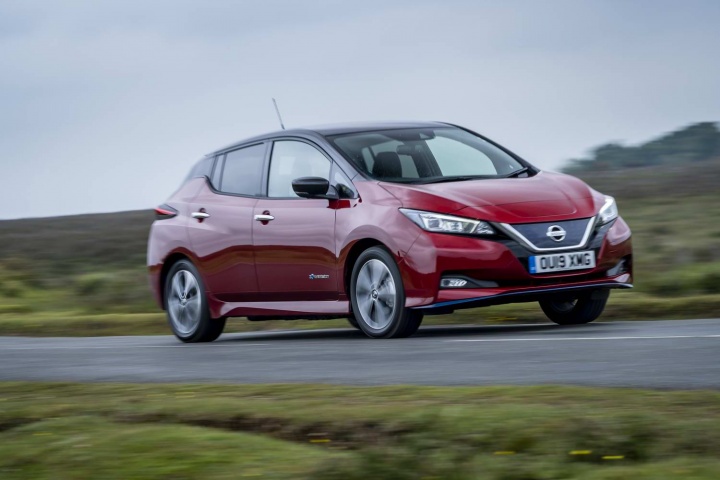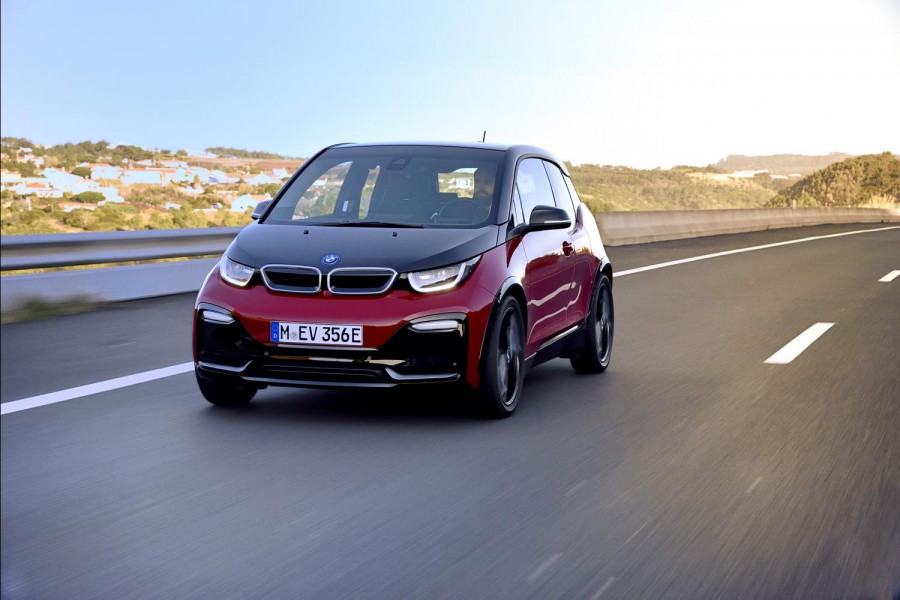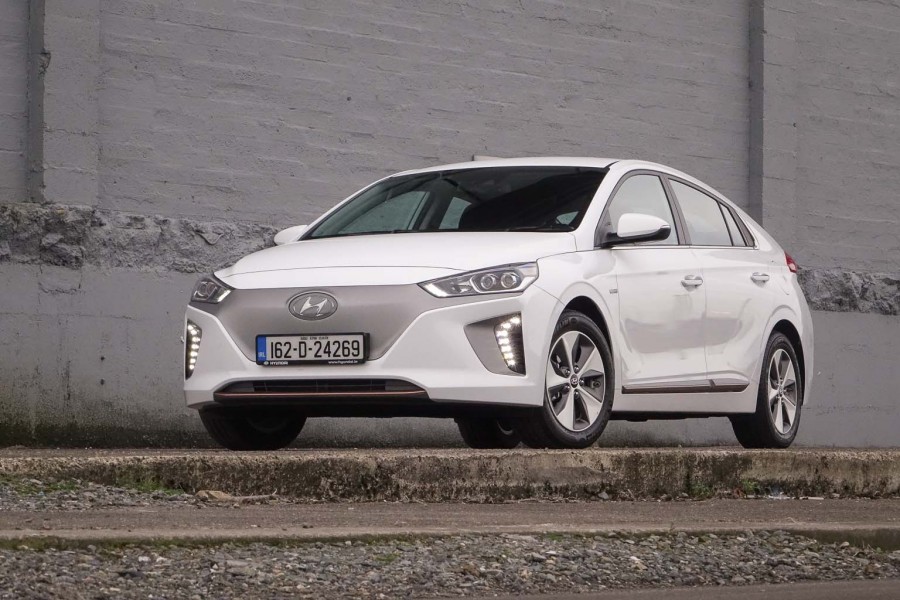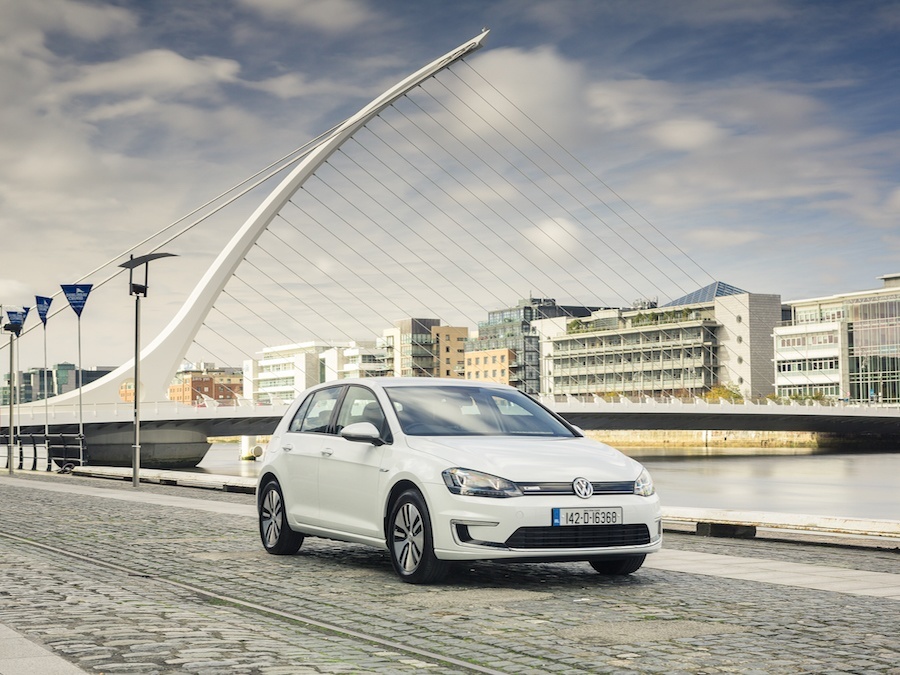Nissan adds more power to the Leaf Mk2's electric motor and enlarges its battery pack while it's at it, resulting in a long-range Leaf that'll perform a little bit like a hot hatch. Will this become the default choice in the Nissan Leaf line-up to take on its Korean rivals?
In the metal
There is precious little to visually differentiate the new long-range Nissan Leaf from its 40kWh siblings. In essence, you're looking for a blue strip in the front bumper and a little 'e+' logo on the charging port. Other than that, it's standard Nissan Leaf Mk2 fare: more conventional than its predecessor thanks to styling that makes it look like a regular hatchback, with an interior that's several notches up in terms of quality from the old Leaf. It's almost every bit as spacious inside as the 40kWh model too, with great passenger space in the back (but why the high 'transmission' tunnel impinging on central rear room?) and a decent boot - which is, admittedly, 15 litres smaller than the 40kWh's cargo bay, due to a bigger battery pack.
Driving it
So, visually you'll struggle to tell the Leaf 62kWh apart from the Leaf 40kWh. But you shouldn't struggle from behind the wheel. This car has been subjected to some notable upgrades. Firstly, the electric motor has gone from 110- to 150kW, or from 150- to 217hp. This is supplemented by a 55 per cent increase in the lithium-ion battery pack's storage capacity, up from 40- to 62kWh and thus increasing range by 42 per cent, or 115km to 385km overall on the WLTP cycle. Two more things that have increased are, regrettably, weight (the 62kWh model is 130kg heavier) and its ride height (+5mm). As part of this, the suspension settings are seven per cent stiffer than they are on the 40kWh model, to cope with the extra weight, though that measure sort of goes along with the notion that the Leaf 62kWh is a zero-emissions performance car: 0-100km/h is a second quicker here than in other Leaf Mk2s, dipping below the seven-second barrier to 6.9 seconds, while top speed has increased to almost 160km/h.
Anyway, whatever the merits of the drivetrain enhancements, this is the best Leaf yet for those looking for the least alienating driving experience from an EV that's supposed to be a direct replacement for a turbodiesel hatchback. Keep the car in Eco mode and the Leaf 62kWh doesn't feel appreciably quicker than before, unless you activate the 'kickdown' feature by pushing the accelerator pedal all the way down, at which point it surges forward with a real keenness and force. You can have this sort of acceleration linked to much higher points of the throttle travel, mind, simply by deactivating Eco.
Next to the Eco button is the e-Pedal switch, which allows for 'one-pedal' driving in most circumstances. Such is the strength of the Leaf's regenerative braking power that you can simply lift off the throttle in town driving and drop from 50km/h to rest in a matter of a few car lengths. It takes some attuning to and is a little trickier to gauge if you're trying to judge the stopping time needed from higher speeds (like 80km/h), but you'll get there in the end and enjoy the Leaf's tremendous steer-and-go ease-of-use.
Another area where Nissan's mega-popular EV (more than 130,000 units sold in Europe so far and more than 400,000 Leafs worldwide) scores highly is on refinement. The ride can be occasionally unsettled on this slightly stiffer-sprung 62kWh model, but in general it glides along quite serenely and the twin noise contributors of the tyres and airflow over the cabin, normally so easy to discern in cars with no combustion engine, are both kept to a background murmur.
What you get for your money
We're still awaiting confirmation of Irish prices for the 62kWh model. It will be sold alongside the 40kWh version, but whereas the shorter-range Leaf will be available in base SV specification, the 62kWh will only be sold in SV Premium and SVE grades (the 40kWh is also available in the higher trims). That almost certainly means a starting price for the 62kWh starting well in the €30,000-€40,000 bracket, with equipment levels yet to be cemented.
Summary
This is the Nissan Leaf in its most convincing all-round package yet. A near-400km range makes it a much more viable ownership proposition for people looking to make the transition from ICE to EV (that's 'internal combustion engine' to 'electric vehicle') and the added power only helps to make it feel like an electric car that is maximising its instant-torque benefits to the utmost. Add in appealing, if reserved looks and a great cabin, and the Leaf 62kWh is undoubtedly the best of the Nissan EV breed yet.

